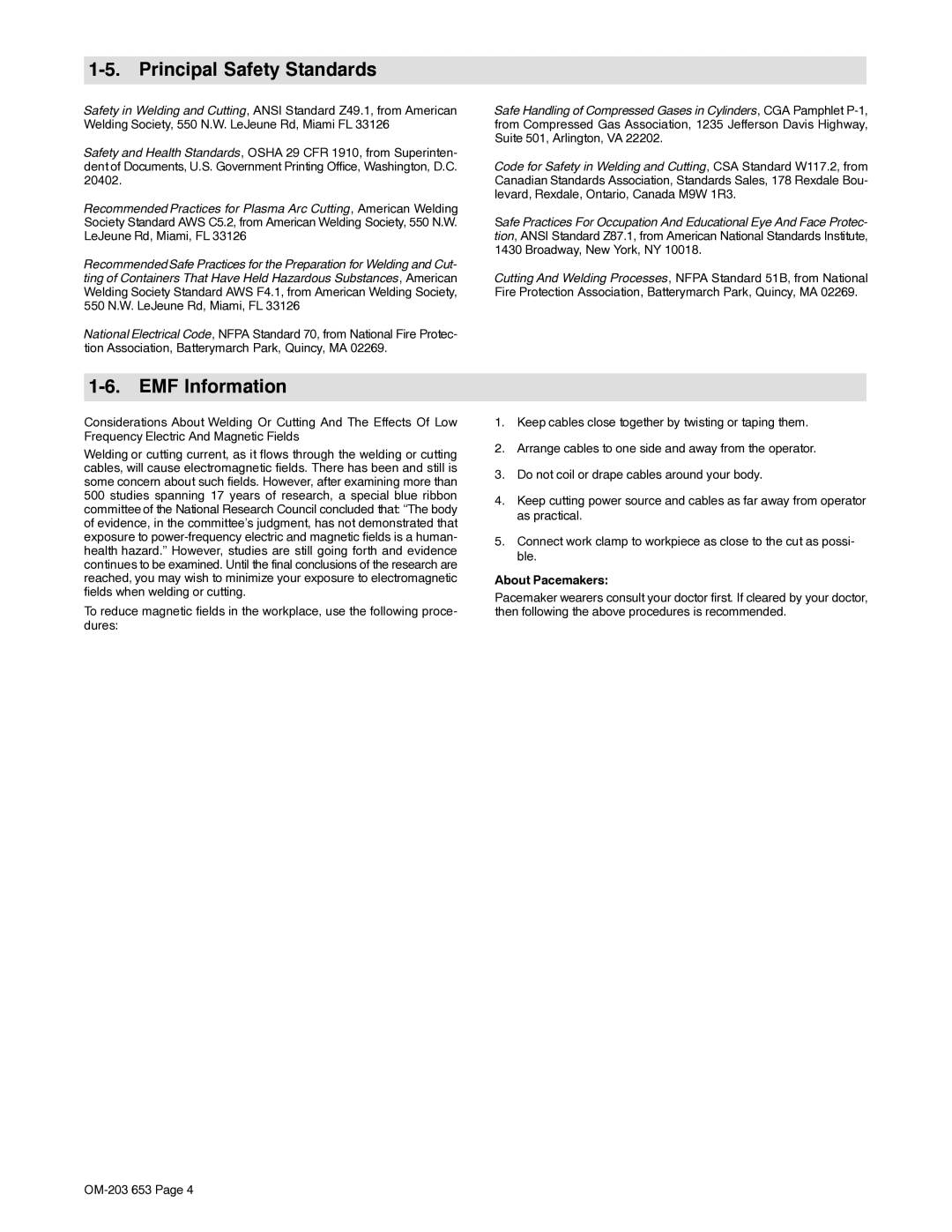ICE-27C, 400 specifications
Hobart Welding Products has long been a respected name in the welding industry, and the Hobart 400, ICE-27C is a prime example of their dedication to quality and performance. This machine is engineered to meet the demanding needs of both amateur welders and seasoned professionals, offering versatility and reliability in a compact design.One of the key features of the Hobart 400, ICE-27C is its powerful performance. With a robust power output, it can handle a wide range of materials, from thin sheet metal to heavier gauges. This capability makes it suitable for various applications, including automotive repair, fabrication, and industrial work. The machine supports multiple welding processes, including MIG and Flux-Cored welding, giving users the flexibility to choose the most effective method for their specific projects.
The advanced technology incorporated into the Hobart 400, ICE-27C is evident in its inverter design, which ensures energy efficiency and a lightweight, portable unit. This inverter technology allows for smooth, stable arcs and minimizes spatter, resulting in cleaner welds. Additionally, the unit offers adjustable parameters, enabling welders to customize their settings according to the task at hand, promoting precision and control.
Safety is a paramount consideration in the design of the Hobart 400, ICE-27C. The machine is built with user-friendly features such as an easy-to-read display and intuitive controls, allowing for a straightforward operating experience, even for novices. It also includes thermal overload protection to safeguard the unit against overheating, ensuring durability and longevity.
Portability is another important characteristic of the Hobart 400, ICE-27C. Weighing significantly less than traditional welding machines, it can be easily transported to various job sites. The compact design makes it ideal for both shop and field applications, catering to the needs of mobile welders.
In summary, the Hobart Welding Products 400, ICE-27C combines powerful performance, advanced technology, and safety features in a portable package. Whether for professional use or for hobbyists looking to take their skills to the next level, this welding machine stands out as a reliable choice that embodies Hobart's commitment to quality and innovation in welding solutions. It's a tool that not only meets but often exceeds the expectations of its users in the welding community.

